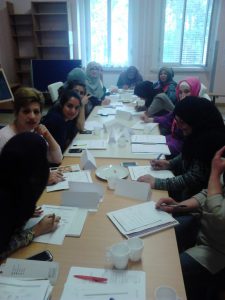 Welcoming refugees continues to be a tragic priority. The faces of people in boats, or protests because of the closure of the camp of Idomeni in Greece, can only pose questions to us about the meaning of our mission. The numbers flow before our eyes every day: 186,000 migrants arrived in Europe during the first five months of 2016 and 9,307 of these landed in Italy.
Welcoming refugees continues to be a tragic priority. The faces of people in boats, or protests because of the closure of the camp of Idomeni in Greece, can only pose questions to us about the meaning of our mission. The numbers flow before our eyes every day: 186,000 migrants arrived in Europe during the first five months of 2016 and 9,307 of these landed in Italy.
At least 224 people died at sea in the space of 120 days. These are numbers which when placed side to side with one another describe a reality that is much more grave. The gradual closure of the camp in Dadab in Kenya near to Somalia, which has been confirmed in recent days, will lead to a new wave of migrants numbering more than 400,000 people. Yes: you have read the zeros correctly. Double the population of Padua made up of Somalis, Ethiopians, Congolese and Sudanese…will be forced into a Biblical exodus which will be added to that already underway in the Middle East. Few people speak about this but it was probably from that camp that the ‘desperate’ killers of the massacre of Garissa of only a year ago (140 young people were butchered by the al shabab) set out. In this apparently unstoppable sea of people, we asked ourselves about what could be small signs that seek to build pathways of integration and welcome. Thus it was that this Cadis project was born in Vienna.
Thanks to the Province of Austria, and in particular to Father Leonard and Father Alberto, we have managed to build a pathway that is coming into being in the buildings of a Viennese hospital where we have always been responsible for the chaplaincy and where at the present time over 900 people are being looked after. This is a hotspot for the European Union, a place where people who come from Syria, Iran, Pakistan…try to go back to hoping. In particular, since the first of May a programme has been begun for women migrants from Syria, Iran , Iraq and Afghanistan who were identified as being some of the people most in need. They are accompanied on a journey of integration made up of being given lessons in German and receiving cookery classes, painting and music laboratories, but above all passion and welcome.
This project promoted by the Camillian Disaster Service in collaboration with the Province of Austria has as its executive coordinator Christina Berneck, a young worker who since the arrival of the refugees has worked with the Camillians in receiving people. We are speaking here about thirty people who seem to be nothing compared to the numbers we have written about but who, we are certain, can begin a journey of meaning for each one of us as we live the scent of the roots of the history of our charism.
Marco Iazzolino



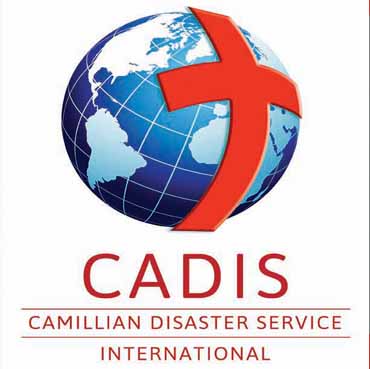
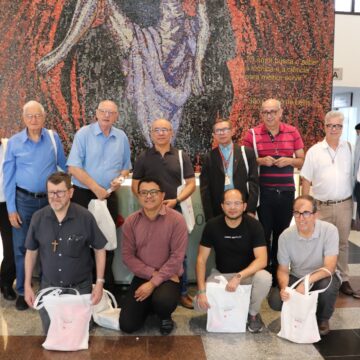
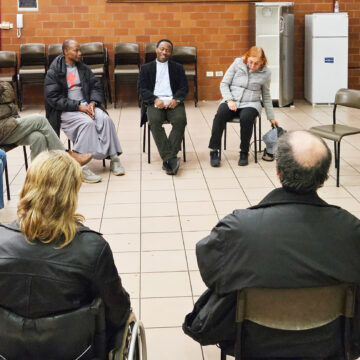
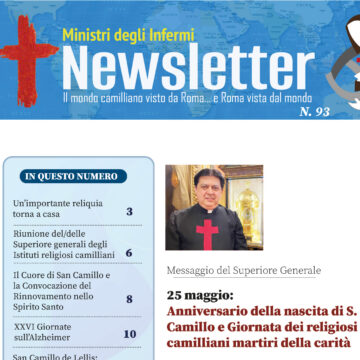
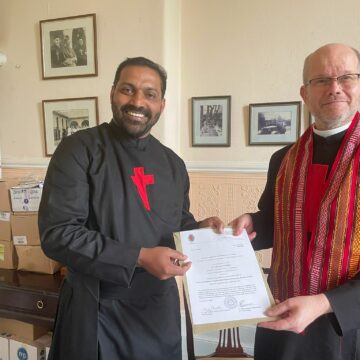
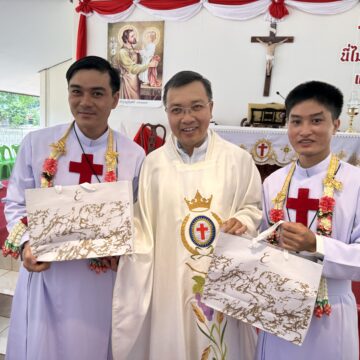
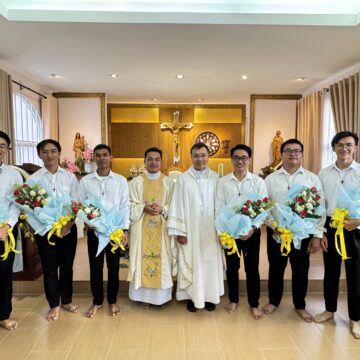
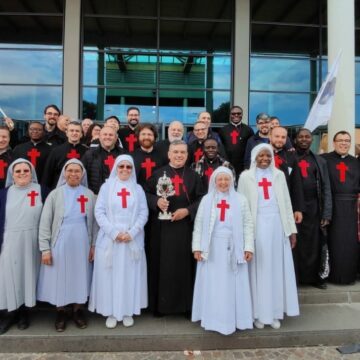
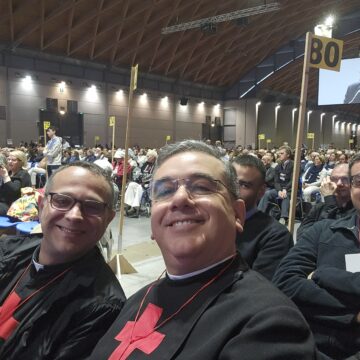
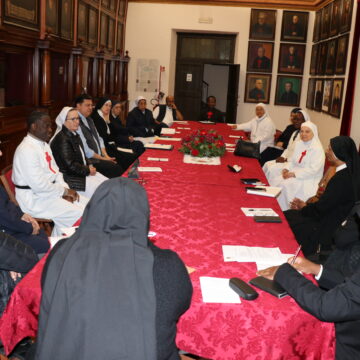
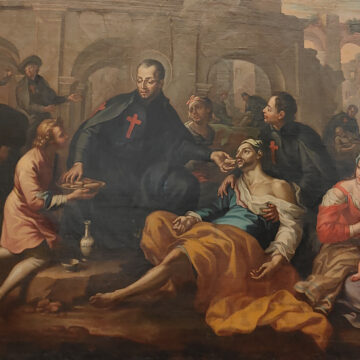


Camillians on Facebook
Camillians on Twitter
Camillians on Instagram